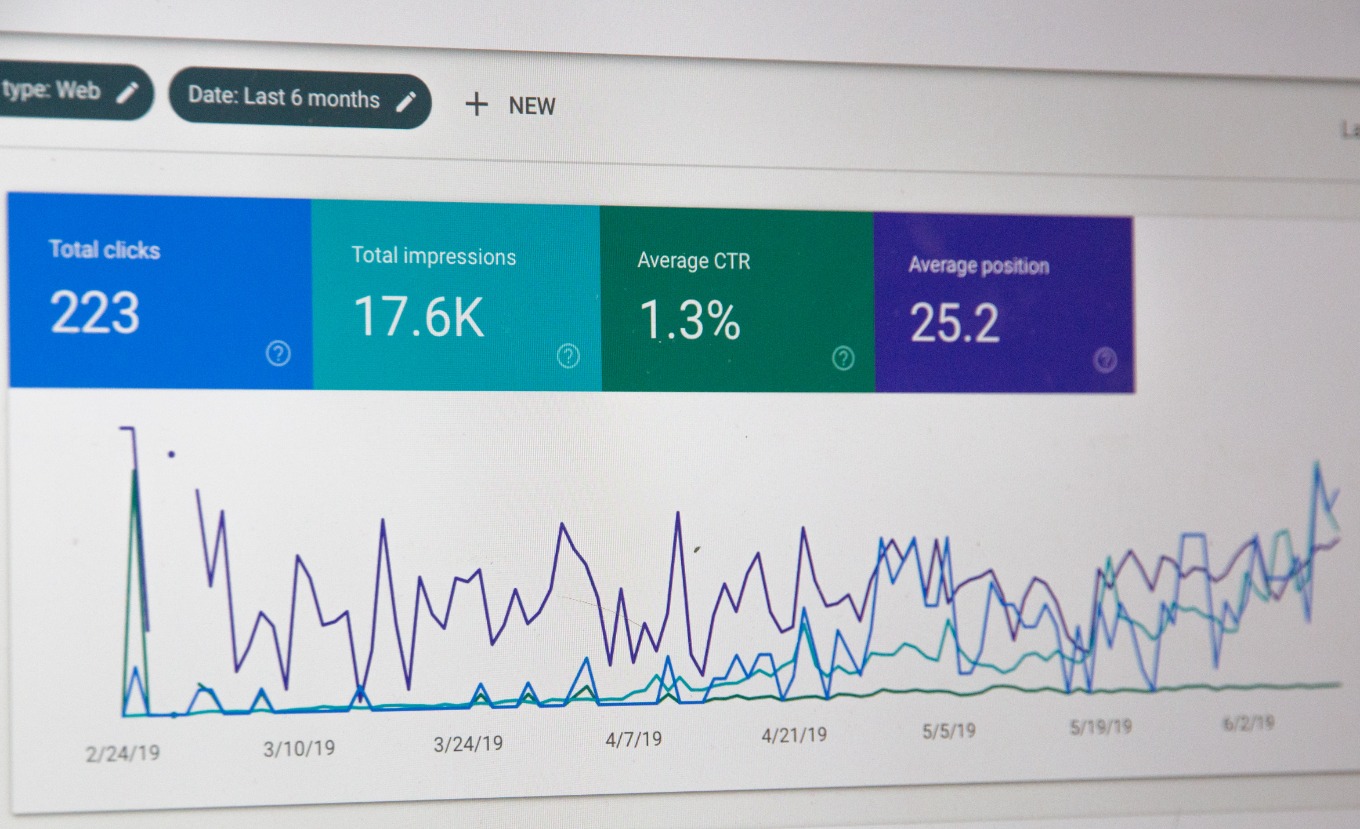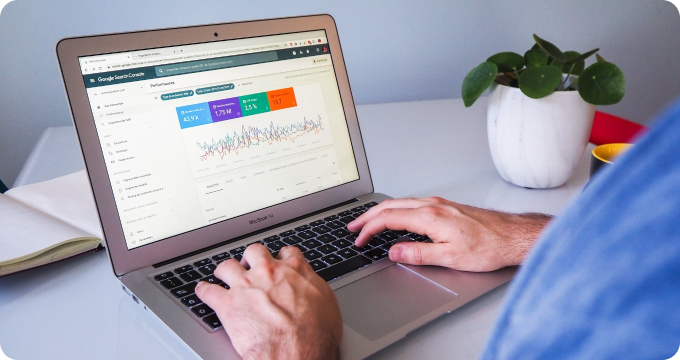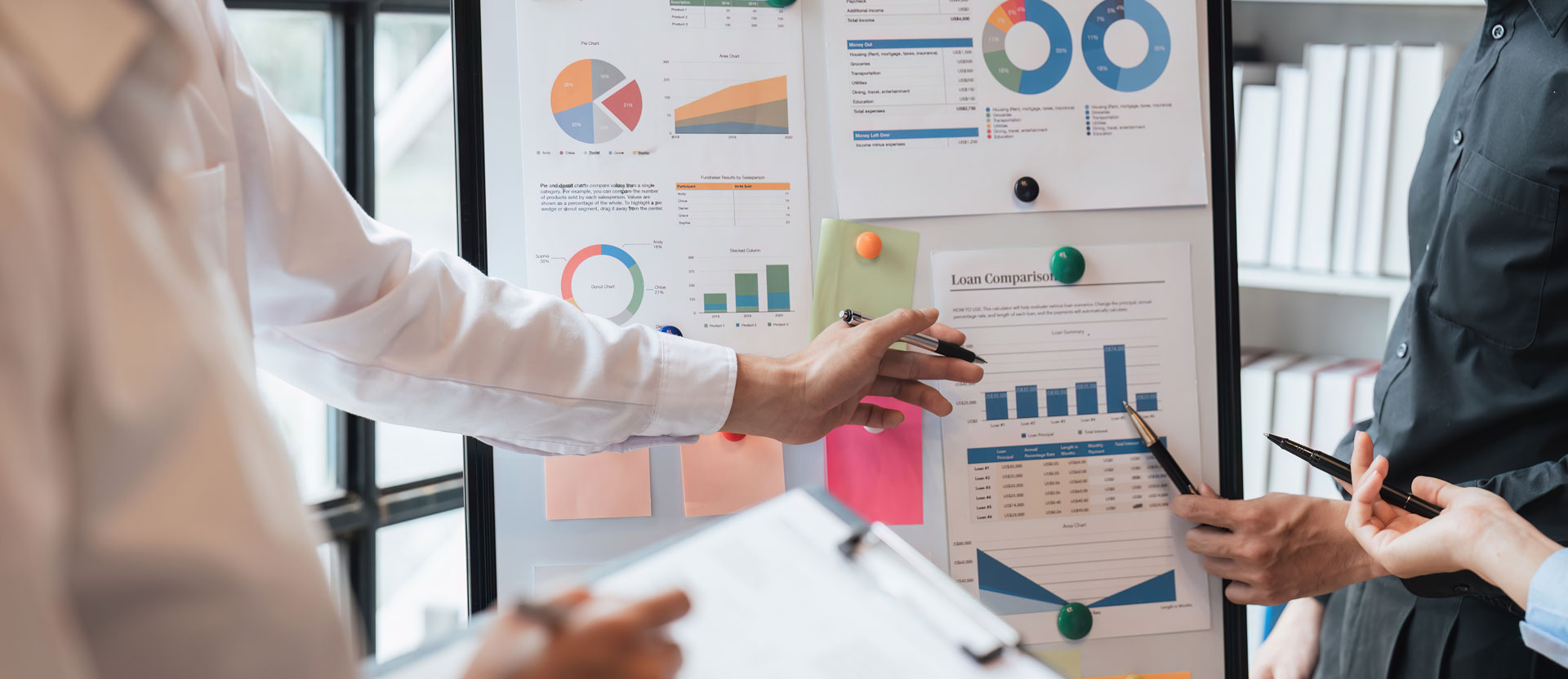The Future of US Prop Trading Firms: Predictions and Emerging Trends
The propitiatory trading landscape in the United States, colloquially known as 'prop trading,' is undergoing a sea change, bringing with it new players, novel strategies, and a shift in regulatory frameworks. The crux of this metamorphosis lies in the financial sector's evolution, spurred by technological advancements and changes in market dynamics.
Proprietary trading, for the uninitiated, is a trading strategy where financial institutions or firms trade stocks, bonds, commodities, derivatives, and other financial instruments with the firm's own money, not clients’ funds, to make a profit for itself. The potential gain is monumental, but so are the risks, making it a high-stakes playing field for those involved.
The future of US prop trading firms hinges on various factors. A notable influence is the regulatory environment, which is becoming increasingly stringent. Post the financial crisis of 2008, legislators implemented the Volcker Rule, a federal regulation that prohibits banks from conducting certain investment activities with their own accounts, to mitigate the risk to consumers. However, this rule forced some firms to pivot their business models, with a shift towards high-frequency trading (HFT) and quantitative strategies.
High-frequency trading, a type of algorithmic trading, involves the execution of a large number of orders in fractions of a second, leveraging powerful computers to transact a large number of orders at speeds faster than humans. This technique allows firms to capitalize on minuscule price discrepancies. Despite its advantages, HFT has been criticized for creating an uneven playing field and contributing to market volatility.
Quantitative trading, on the other hand, is a more sophisticated approach. It involves the use of mathematical models and algorithms to identify and execute trades. Quant trading takes emotion out of the equation and provides a methodical approach to trading, thus mitigating human errors. However, the drawback lies in its heavy reliance on historical data, which can prove misleading in times of market volatility.
In terms of market dynamics, US prop trading firms face the challenge of diminishing liquidity. The rise of passive investing and the proliferation of ETFs have resulted in decreased market depth, making it challenging for firms to execute large trades without impacting the market price. However, this could also open up opportunities for prop trading firms to act as market makers, providing much-needed liquidity in the market.
Another emerging trend in the US prop trading landscape is the incorporation of artificial intelligence and machine learning. Prop trading firms are increasingly turning to these technologies for strategy development, order execution, and risk management. While AI offers promising prospects, it also brings forth concerns regarding transparency and ethical considerations.
The increasing importance of data cannot be overstated in the realm of prop trading. The proliferation of alternative data, ranging from satellite images to social media sentiment, is providing firms with untapped sources of information to gain a competitive edge. However, the usage of such data raises privacy and ethical concerns that need to be addressed.
In conclusion, the future of US prop trading firms is teetering on the precipice of transformation, driven by advancements in technology, shifts in market dynamics, and evolving regulatory landscapes. While the challenges are significant, so are the opportunities for those equipped to navigate this complex terrain. The journey through the labyrinth of prop trading in the near future will require an astute understanding of the interplay between technology, regulation, and market forces. It will be a fascinating journey to observe, offering insights into the future of finance itself.
The future of US prop trading firms is teetering on the precipice of transformation, driven by advancements in technology, shifts in market dynamics, and evolving regulatory landscapes.






